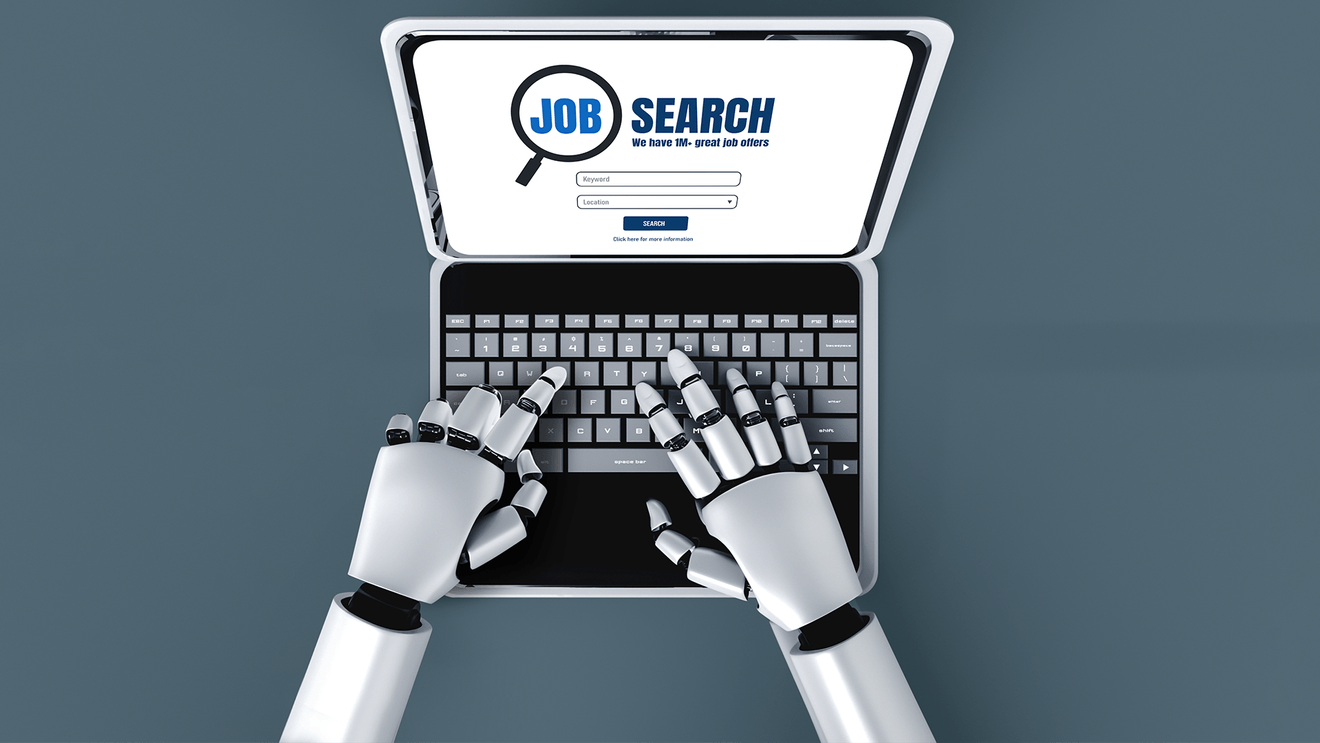Get past the robots: A guide to building an AI-proof resume

The traditional resume, with its neat rows of bullet points and chronological history, is undergoing a transformation. As Artificial Intelligence (AI) reshapes the hiring process, it's time to rethink how you present yourself to potential employers. Gone are the days of wading through piles of resumes by hand. AI-powered Applicant Tracking Systems (ATS) now scan applications, using keywords and algorithms to filter candidates. This means your resume needs to be optimized for machine readability while still addressing human interest. This blog will provide a complete overview of what to expect if you’re applying for jobs for the first time or for the first time in recent years.
Widespread AI adoption
In a recent ACI Learning webinar, Unlock the algorithm: How to build a tech resume that gets noticed, Alison Ayers, Career Services Instructor for the ACI Learning Tech Academy and edutainer Lauren Deal offered insights into effective resume creation and job market research. Ayers shared that ATS optimization has been embraced far and wide among employers.
How widespread? For visual impact, let’s just say it came on the scene like a wildfire – check out her statistics:
-
Over 98% of Fortune 500 companies and 66% of large companies use ATS in their hiring process.
-
There are over 200 types of ATS, each with unique specifications for candidate screening.
Quick tips for building an AI-proof resume:
-
ATS ranks resumes based on skills, experience, and formatting.
-
Avoid graphics, collapsible sections, and complex layouts on resumes.
-
Ensure clarity by avoiding industry jargon and unclear abbreviations.
-
Use tools like Grammarly to catch grammatical errors that may be missed by standard word processors.
-
Implement clear sections, headers, and sans-serif fonts.
-
Save resumes in PDF format for universal readability.
-
Identify relevant keywords from the job description and naturally weave them into your resume.
Beyond the resume:
While the resume remains crucial, your online presence matters more than ever. Ensure your LinkedIn profile aligns with your resume and highlights your achievements, skills, and endorsements. Job market research, via LinkedIn, the Bureau of Labor Statistics, Occupational Outlook Handbook and Glassdoor are all recommended.
Considerations from the employer side
In a recent ACI Learning interview on AI and hiring process, edutainer Sophie Goodwin and Jax Scott, founder of Outpost Gray, discussed how business leaders can and should embrace AI in the hiring process. Scott outlined some benefits for businesses of integrating AI in hiring, such as:
-
AI can be a significant asset in the hiring process by easily identifying and targeting entry-level skills required for a position.
-
Traditional manual resume review has been sped up by 75 to 100 percent through AI.
However, Scott also cautioned that weakly customized resumes may not contain the right keywords and could be rejected by AI, meaning that experienced candidates may get rejected if their resumes aren't updated to align with AI scanning criteria. She recommended that hiring teams can avoid these pitfalls by educating individuals on updating resumes with relevant keywords for each position. She also shared key recommendations for eliminating bias such as:
-
Develop AI technology to reduce biases by auditing rejected candidates for any bias patterns, such as age or gender.
-
It's not just the tool (AI) but also how it is used that matters.
Things that AI cannot – and should not – replace in the hiring process:
-
Hiring teams should use AI for initial screening but not replacing the human aspect entirely.
-
Caution against using chatbots for initial interviews or test screenings instead of recruiters.
-
Highlight the significance of human connections in understanding candidates and their fit within an organization.
-
Emphasizes the need for intentionality in maintaining human engagement throughout the hiring process.
Conclusion
The prevalence of AI-powered Applicant Tracking Systems (ATS) in the hiring process underscores the importance of optimizing resumes for both machine readability and human engagement. The widespread adoption of ATS among Fortune 500 companies and large corporations necessitates a conscious effort to tailor resumes to specific job descriptions. With the adoption of practical guidance for creating an AI-proof resume, emphasizing clarity, relevant keywords, and a streamlined format, today’s applicants can succeed. Beyond the resume, it is important to align online profiles, particularly on platforms like LinkedIn, with the resume content. While AI enhances efficiency in initial screenings, the human touch remains irreplaceable in understanding candidates and fostering meaningful connections throughout the hiring process. As businesses integrate AI, it is crucial to strike a balance, utilizing technology for efficiency while preserving the essential human elements of recruitment.
Additional resources from ACI Learning:
-
Webinar – Unlock the algorithm: How to build a tech resume that gets noticed
-
Blog - The ultimate 30-60-90 day plan for launching your IT career
-
Blog and webinar - ACI Leadership Series: AI and the Hiring Process
Other sources:
